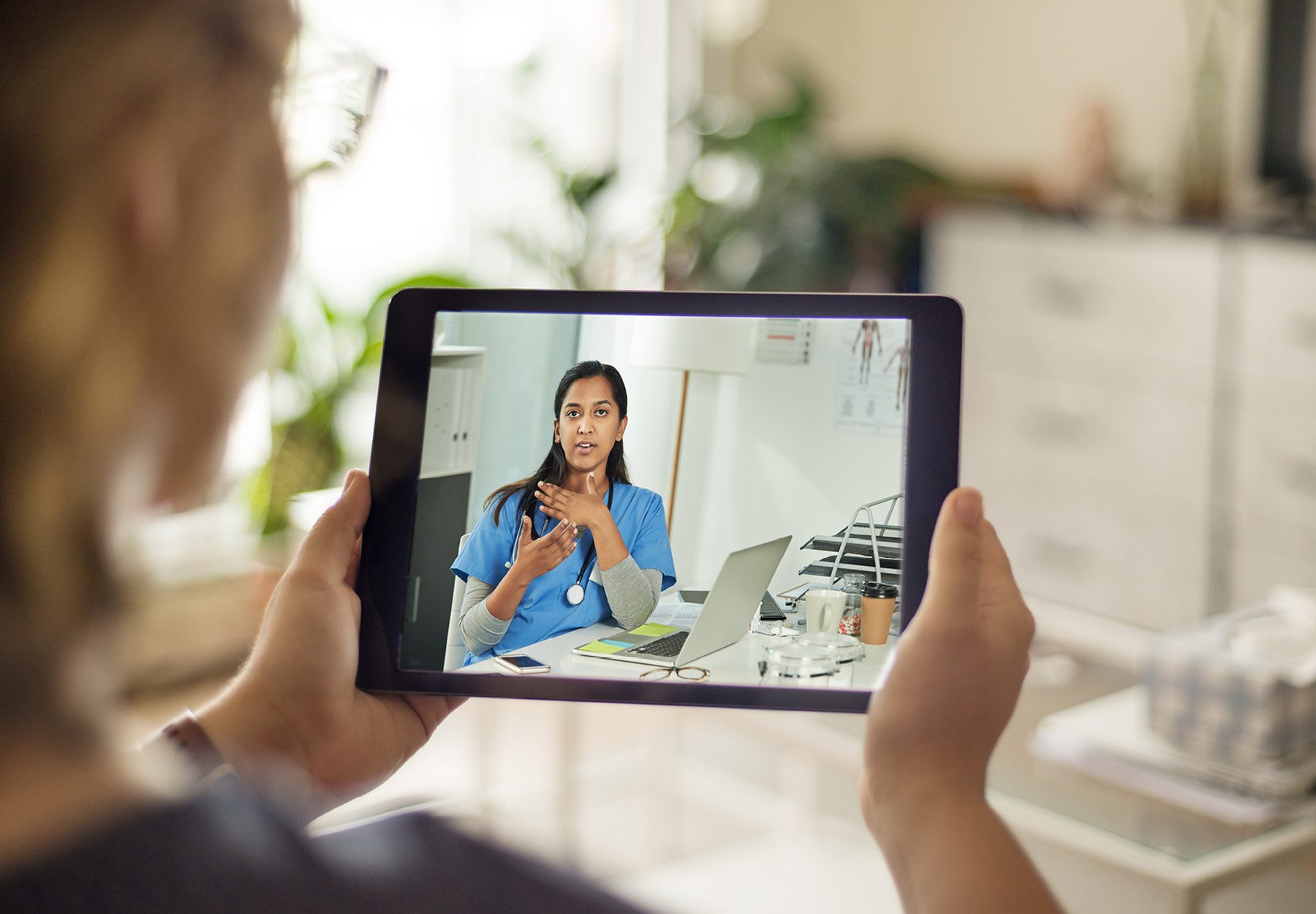New Study Supports Accuracy of Diagnoses from Video Visits
Video telehealth during the early period of the COVID-19 quarantine was actually highly effective in providing accurate diagnoses, research shows.

Subscribe to Clinical Diagnostics Insider to view
Start a Free Trial for immediate access to this article